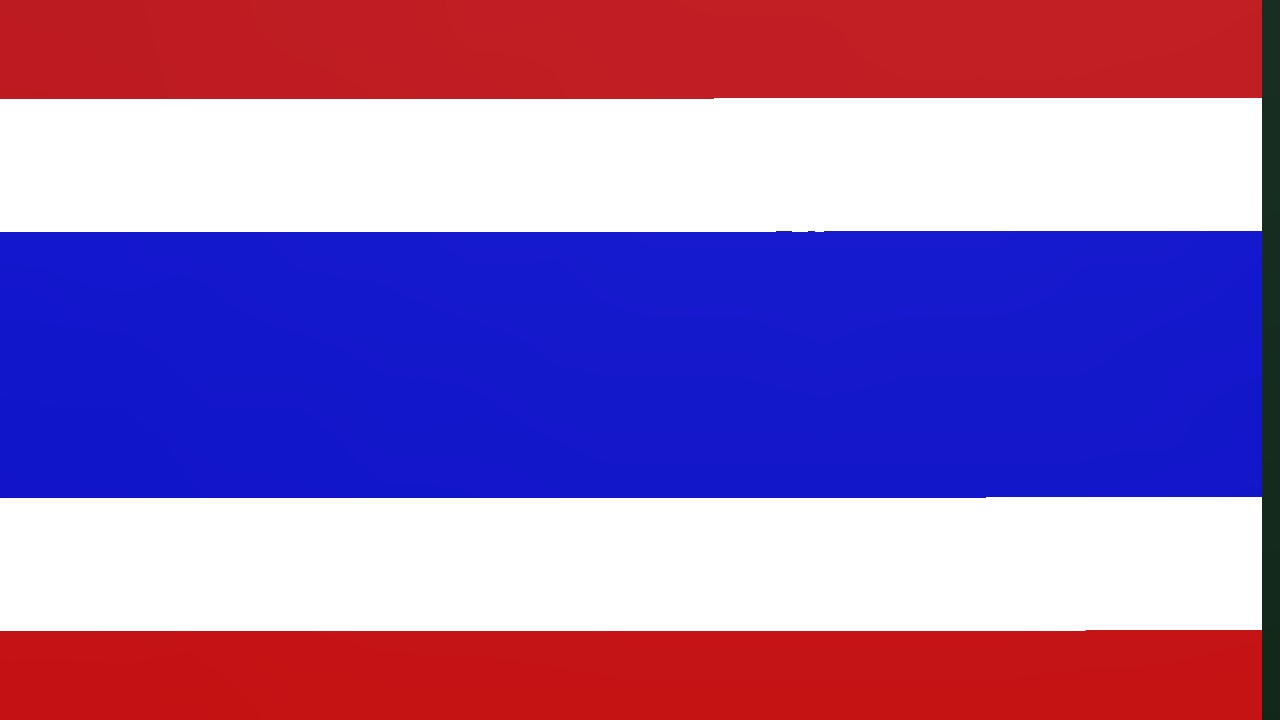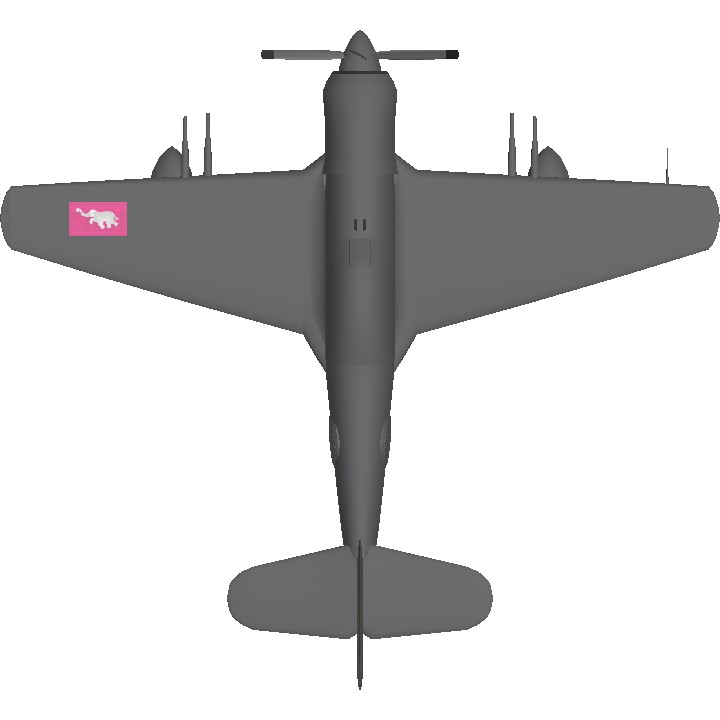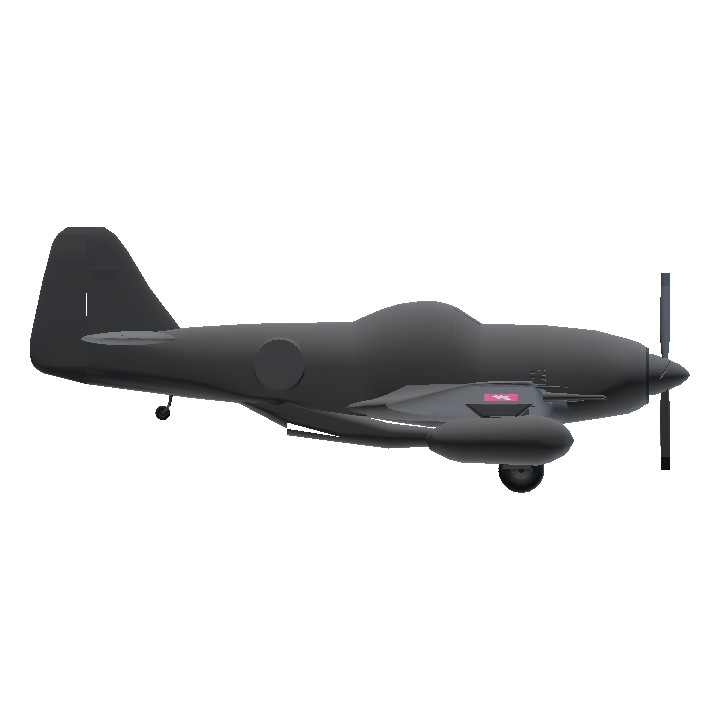WIKI
The CCF Thunderbird - perhaps the most important domestic aircraft to Albion's war effort - was one of Albion's most consequential domestic exports, a result of the New Deal policies of the Keech administration in revitalizing Albion's manufacturing sector after the Great Depression. Designed by the Dutch-Alban immigrant Anton de Groote and produced out of the Canadian Car and Foundry plant in Peterborough, Columbia, the Thunderbird was decisive in turning the tide of the war in the Pacific, though less numerous than the more well-known Grumman F6F Hellcat and Vought F4U Corsair flown by the United States.
The Thunderbird was designed to make up for the shortcomings of Commonwealth naval aircraft. Albion, a Pacific nation, went into the war increasingly cognizant of the fact that the Hawker Hurricane and Supermarine Spitfire were effective in the close confines of Europe, but they did not have the range to be effective aircraft for a nation with a long Pacific coast and vast tracts of tundra and prairie to patrol. When the war did break out, the arrival of the Sa-11 "Jerry" rendered Albion's mainstay - the Hurricane - outclassed in every way. Even the legendary Supermarine Spitfire couldn't turn with the Jerry - and converting the Spitfire into the Seafire for carrier duty was never the best option, given its long nose and narrow undercarriage. As early as 1939, work was ongoing to find a better plane for combat in the Pacific.
Specifications
General Characteristics
- Created On Android
- Wingspan 46.6ft (14.2m)
- Length 42.7ft (13.0m)
- Height 17.2ft (5.2m)
- Empty Weight N/A
- Loaded Weight 12,363lbs (5,607kg)
Performance
- Power/Weight Ratio 1.09
- Horse Power/Weight Ratio 0.323
- Wing Loading 18.9lbs/ft2 (92.3kg/m2)
- Wing Area 653.9ft2 (60.8m2)
- Drag Points 10548
Parts
- Number of Parts 226
- Control Surfaces 5
- Performance Cost 980






